Copernicium
The element 112, named Cn
The element 112 discovered in Germany February 9, 1996, was officially named by the IUPAC (International Union of Pure and Applied Chemistry) February 19, 2010. Its chemical symbol is Cn.
This, previously called "Ununbium" is 277 times heavier than hydrogen and is called Copernicium, it has now been added to the periodic table.
On February 9, 1996, a beam of heavy ions accelerated in GSI Helmholtz Centre for Heavy Ion Research, collided with a stationary target.
Some nuclei of zinc beam merged with lead nuclei of the target, to a new unstable and radioactive transuranic element.
Alpha radioactivity detectors issued by a heavy nucleus, indicated that physicists element 277 times heavier than hydrogen had been produced for a split second before decaying into lighter nuclei.
Multiple times to ensure its existence, the analysis showed that this was the element 112.
February 19, 2010, IUPAC has Copernicium named in honor of the great Polish astronomer Nicolaus Copernicus (1473-1543).
This completes the list transuranic elements such as the recent heavy synthetic bohrium (107), the hassium (108), the meitnerium (109), the darmstadtium (110) and roentgenium (111).
Since 1981, researchers at the GSI are talking about them for the creation of transuranic ranging from 107 to 111. The transuranic radioactive elements are highly volatile, with atomic number above 92.
Their lifetime is usually very short and separate plutonium and neptunium, they do not exist on Earth. Moreover, the plutonium and neptunium exist only infinitesimal quantities associated with the ore, rich in uranium.
Since the discovery of radioactivity, scientists fun to create heavier nuclei than the uranium.
The Copernicium is about 277 times heavier than hydrogen, which is the lightest element in the periodic table, used to classify items based on their chemical properties.
In 2010, the Copernicium is "the heaviest element officially recognized by the International Union of Pure and Applied Chemistry (IUPAC)."
It was manufactured at the Centre for Heavy Ion Research (GSI) in Darmstadt (Germany) by the team of Professor Sigurd Hofmann. It was synthesized in a particle accelerator, creating collisions between atoms of zinc and lead.
The nuclei of zinc have, 30 protons and nuclei of lead, 82 protons. Thus the new atom has 112 protons, corresponding to the sum of the two elements combined.

Image: The heavy ion synchrotron at GSI (Gesellschaft für Schwerionenforschung mbH). It is in this synchrotron as zinc and lead have formed during a few microseconds, the Copernicium. The GSI is a German laboratory research in nuclear physics and particle physics, based in Darmstadt.
Link between energy and mass
Do not imagine the proton, neutron, or other fixed object like a hadron A hadron is composed of subatomic particles assembled by the strong interaction. These particles are composed of quarks and / or anti-quarks and gluons..
One might think that a ball is electrically charged but it is a very inappropriate picture.
In a proton, there are quarks, antiquarks and gluons. The hadron containing more than 3 quarks antiquarks: what are the "valence quarks".
They give the baryon A baryon is in particle physics, a class of particles, whose best-known representatives are the proton and neutron. The term "baryon" is derived from the Greek barys meaning "heavy" and refers to the fact that baryons are generally heavier than other types of particles., its electric charge and other quantum numbers.
The other quarks are "sea quarks antiquarks."
Gluons are from 30 to 40% of the energy of the proton. Inside the closed field of the proton that is to say (10-15 meters), the quarks move freely.
Only when they tend to diverge as the forces are intensifying and prevent them from moving away.
This property is called "asymptotic freedom".
This freedom is a short feature of the gauge theory of color. Since they carry color charges, they circulate among the quarks, gluons are themselves sensitive to the strength of color.
Hadrons interact and form a kind of jelly increasingly rigid as the growing energy involved, which causes the confinement of quarks. More one examines finely the nucleon using the most energy particles and more there are a complex mixture, consisting of quarks and antiquarks high mass.
So it should not imagine the proton, neutron, or any other hadron, as a fixed object, but dynamically as a kind of magician's hat where there are more things that s 'there is aggressively looking for.
Quarks are the basic constituents of matter and the forces acting through the carrier particles, moving between the particles of matter. Forces are also distinguished by different intensities.
What you should remember is that energy and mass are two sides of the same phenomenon, according to Einstein's famous equation (E = mc2), the mass can be transformed into energy and vice versa.
In the LHC, such a transformation occurs at each collision. Because of this equivalence, mass and energy can be measured with the same units.
On the scale of particle physics, this is the électron-volt. The grand unification of elementary particles and their fundamental interactions has long been concerned the physics community.
Einstein spent unsuccessfully the last thirty years of his life to the quest for a unified theory of electromagnetism to gravitation.
Today, the objective is far from being reached.

Image: Simulation of collision of particles showing a multitude of complex particles, unstable.
"The data available on this site may be used provided that the source is duly acknowledged."



 The Pentaquark: A New Piece of the Cosmic Puzzle!
The Pentaquark: A New Piece of the Cosmic Puzzle! Why are Rare Gases rare?
Why are Rare Gases rare?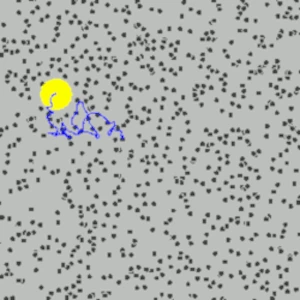 Brownian Motion: A Link Between Two Worlds
Brownian Motion: A Link Between Two Worlds The 4 Articles of
Albert Einstein from 1905
The 4 Articles of
Albert Einstein from 1905 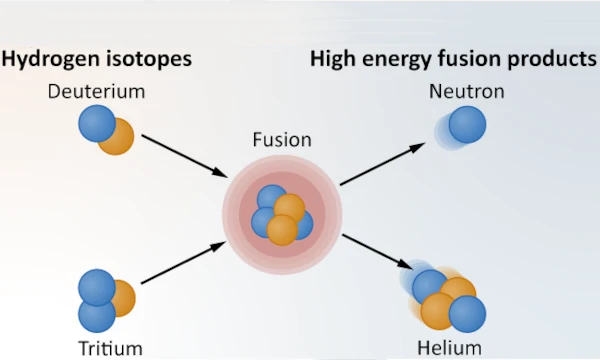 Why does nuclear fusion require so much energy?
Why does nuclear fusion require so much energy? 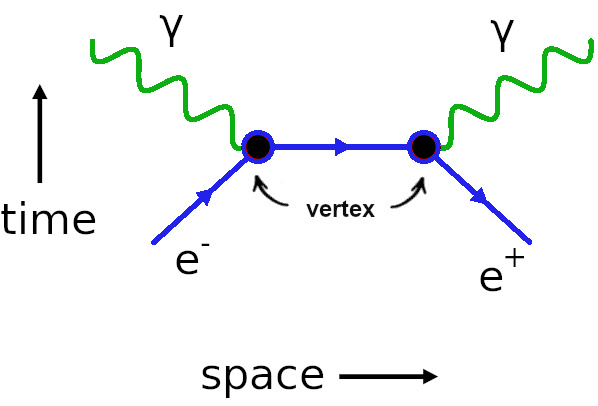 Feynman diagrams and particle physics
Feynman diagrams and particle physics  Stars cannot create elements
heavier than iron because of the nuclear instability barrier
Stars cannot create elements
heavier than iron because of the nuclear instability barrier 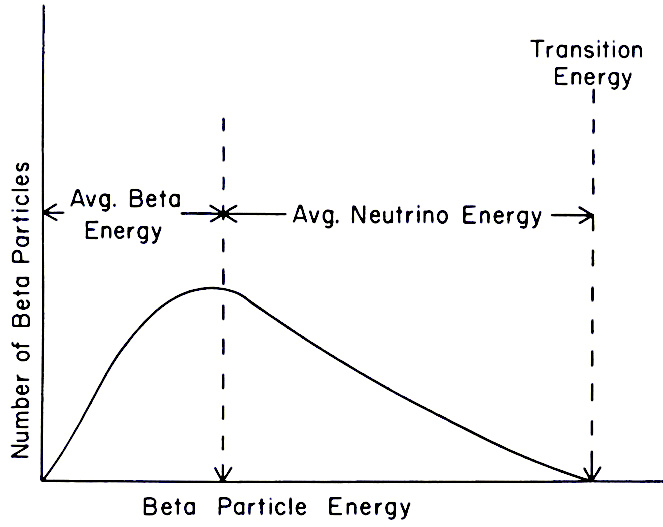 What is β radioactivity?
What is β radioactivity? 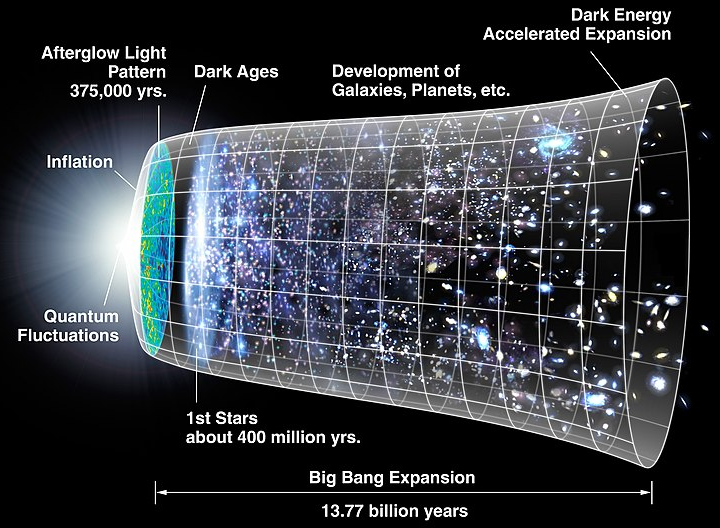 Planck wall theory
Planck wall theory  Is emptiness really empty?
Is emptiness really empty?  The Large Hadron Collider
The Large Hadron Collider 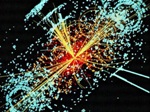 The hadron is not a fixed object
The hadron is not a fixed object 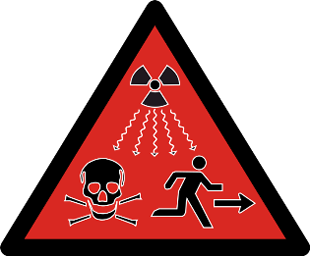 Radioactivity, natural and artificial
Radioactivity, natural and artificial 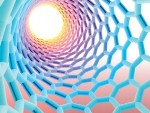 The scale of nanoparticles
The scale of nanoparticles  Schrodinger's Cat
Schrodinger's Cat  Before the big bang the multiverse
Before the big bang the multiverse  Eternal inflation
Eternal inflation  Gravitational waves
Gravitational waves 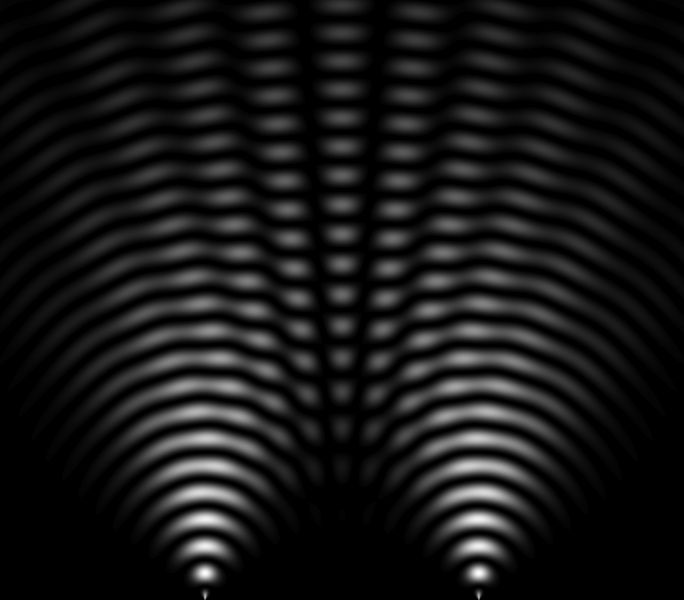 Principle of
absorption and emission of a photon
Principle of
absorption and emission of a photon  Beyond our senses
Beyond our senses 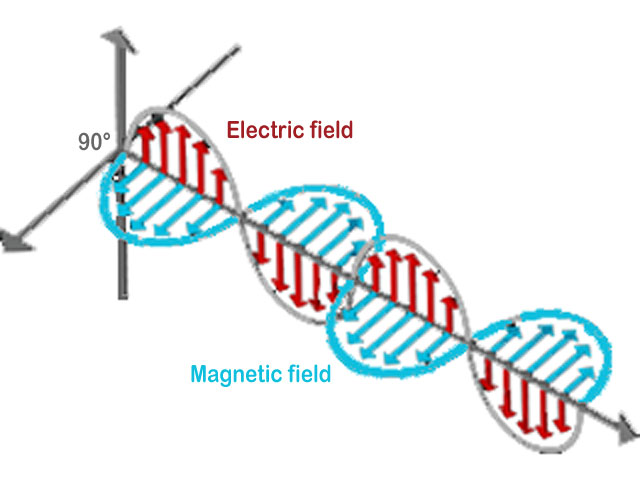 What is a wave?
What is a wave?  The fields of reality: what is a field?
The fields of reality: what is a field?
 Space in time
Space in time 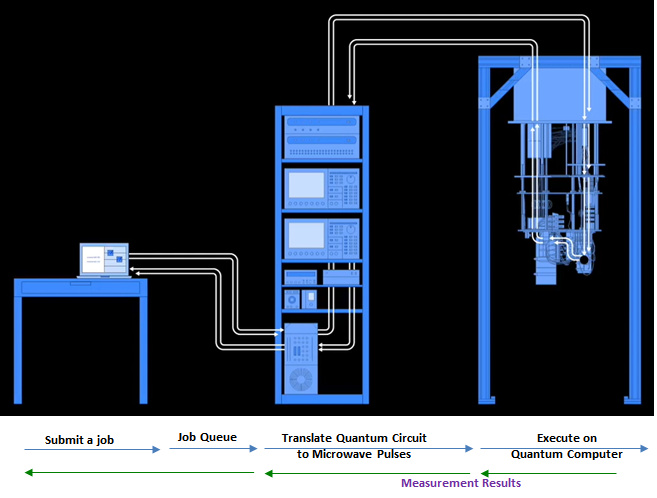 Quantum computers
Quantum computers  Bose-Einstein condensate
Bose-Einstein condensate  Equation of Newton's three laws
Equation of Newton's three laws  Field concept in physics
Field concept in physics 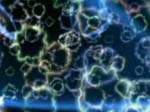 The electron, a kind of electrical point
The electron, a kind of electrical point 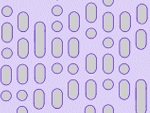 Entropy and disorder
Entropy and disorder 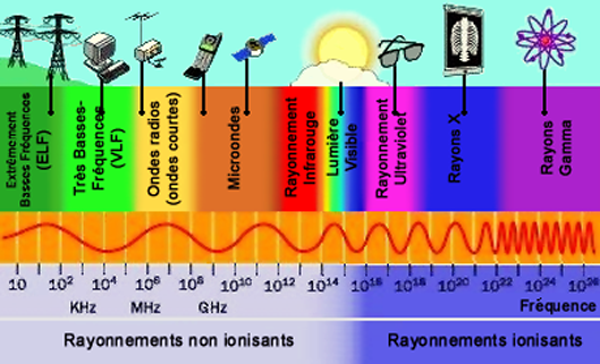 Light, all the light of the spectrum
Light, all the light of the spectrum 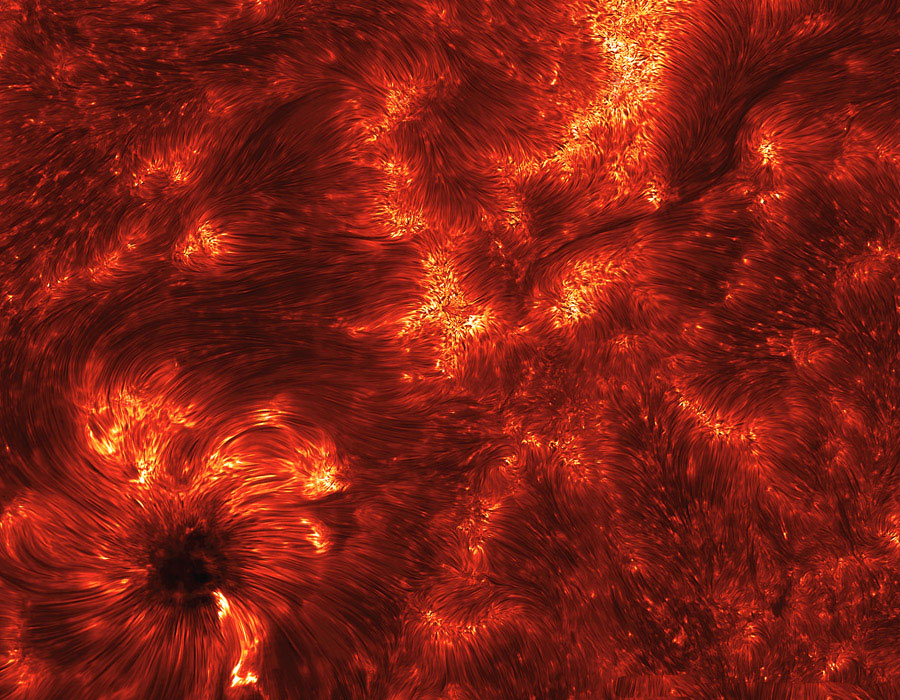 The infernal journey of the photon
The infernal journey of the photon 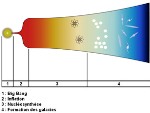 Mystery of the Big Bang, the problem of the horizon
Mystery of the Big Bang, the problem of the horizon
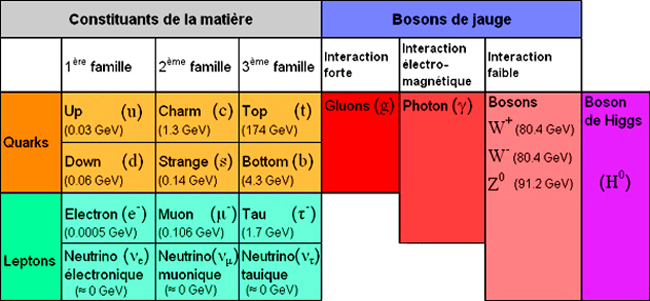 The neutrino and beta radioactivity
The neutrino and beta radioactivity 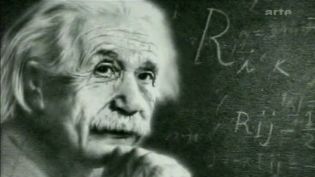 Einstein's space time
Einstein's space time  The incredible precision of the second
The incredible precision of the second 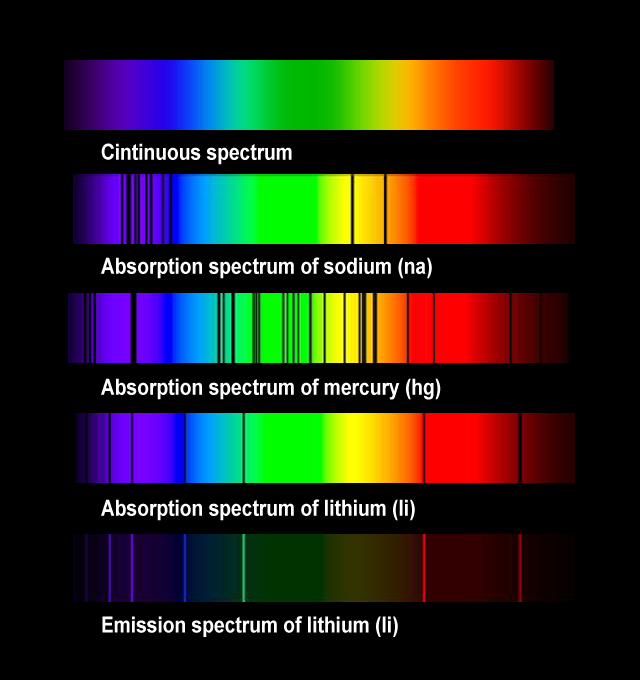 Why does physics have constants?
Why does physics have constants?  Spectroscopy, an inexhaustible
source of information
Spectroscopy, an inexhaustible
source of information 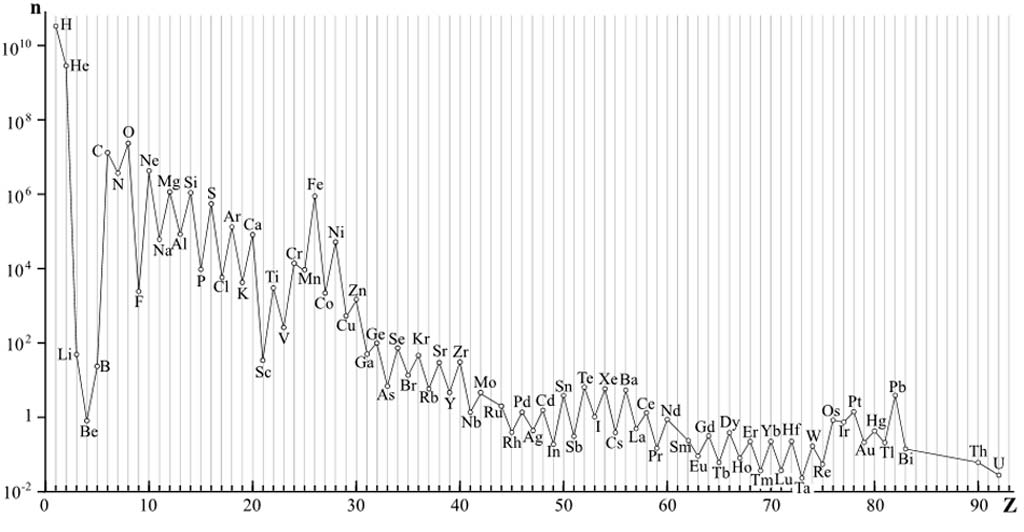 Abundance of chemical elements in the
universe
Abundance of chemical elements in the
universe  Effects of light aberration
Effects of light aberration 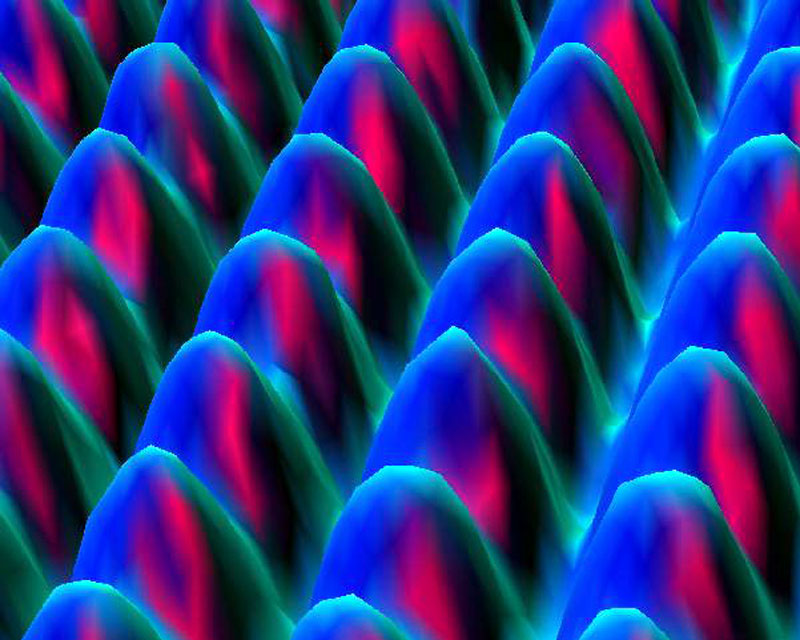 The size of atoms
The size of atoms 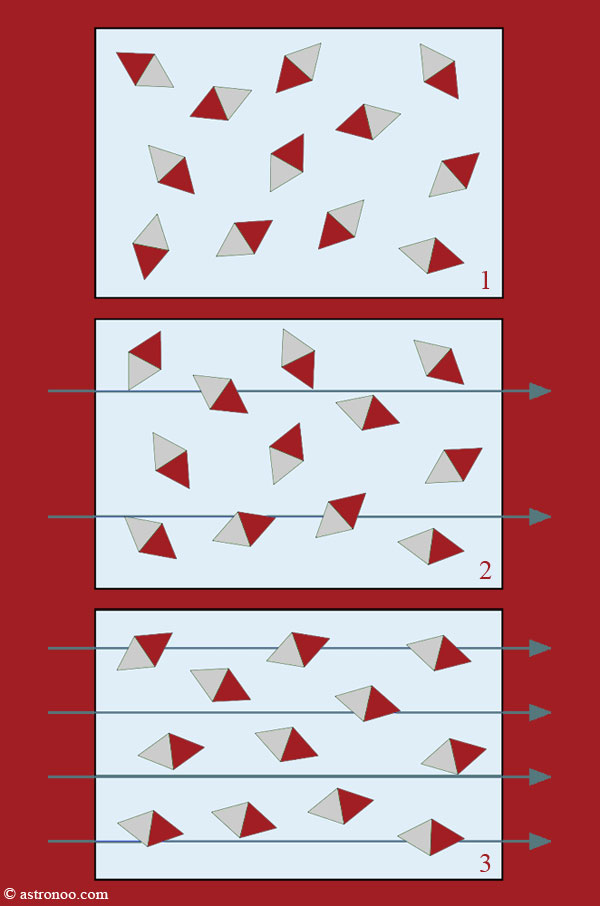 The magnetic order and magnetization
The magnetic order and magnetization  The quark confinement
The quark confinement 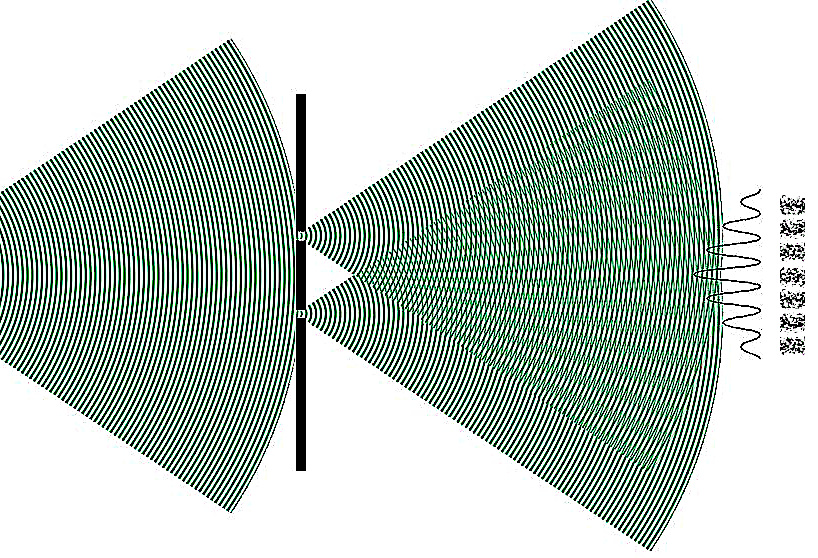 Superpositions of quantum states
Superpositions of quantum states  Alpha decay (α)
Alpha decay (α)  Electromagnetic induction equation
Electromagnetic induction equation
 Nuclear fusion, natural energy source
Nuclear fusion, natural energy source  Does dark matter exist?
Does dark matter exist?  Non-baryonic matter
Non-baryonic matter  The mystery of the structure of the atom
The mystery of the structure of the atom
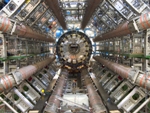 The mystery of matter, where mass comes from
The mystery of matter, where mass comes from 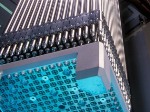 Nuclear energy and uranium
Nuclear energy and uranium 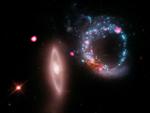 The Universe of X-rays
The Universe of X-rays  How many photons to heat a coffee?
How many photons to heat a coffee? 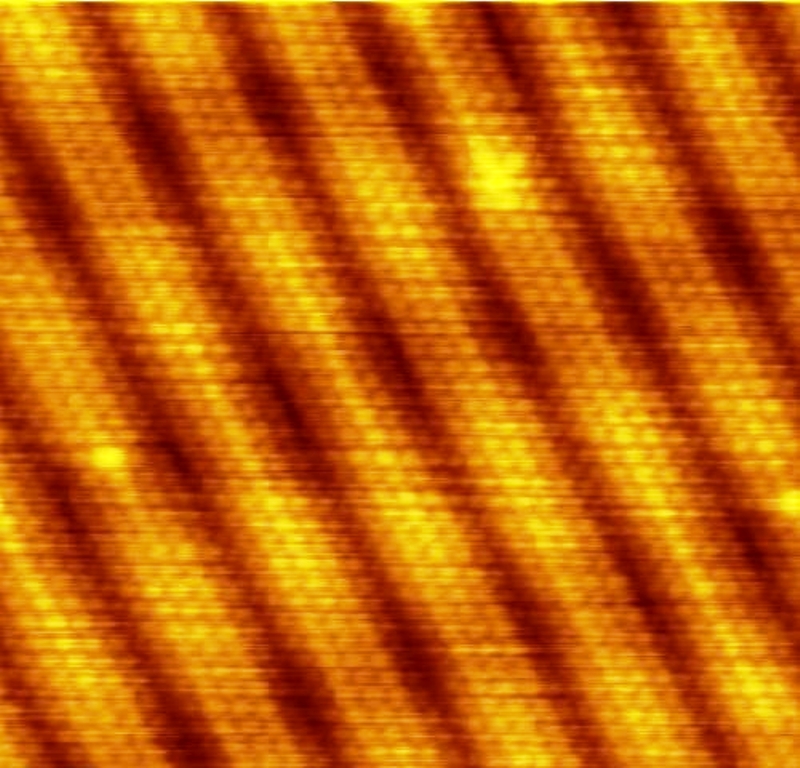 Image of gold atom, scanning tunneling microscope
Image of gold atom, scanning tunneling microscope 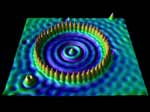 Quantum tunneling of quantum mechanics
Quantum tunneling of quantum mechanics  Entropy and its effects, the passage of time
Entropy and its effects, the passage of time  The 12 particles of matter
The 12 particles of matter  The atomic orbital or image atom
The atomic orbital or image atom  Earth's radioactivity
Earth's radioactivity  The Leap Second
The Leap Second 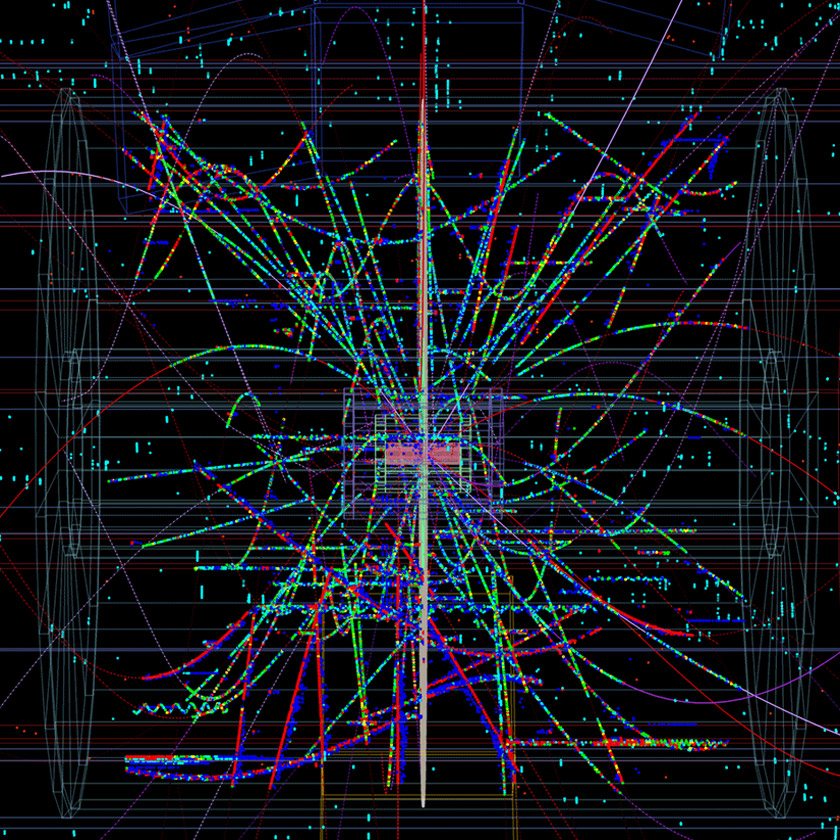 The vacuum has considerable energy
The vacuum has considerable energy 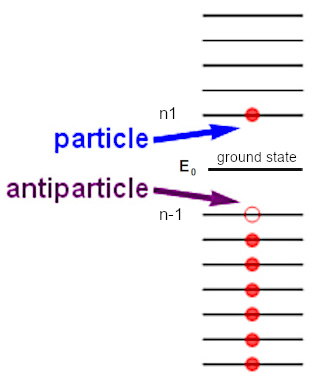 Antimatter and antiparticle
Antimatter and antiparticle 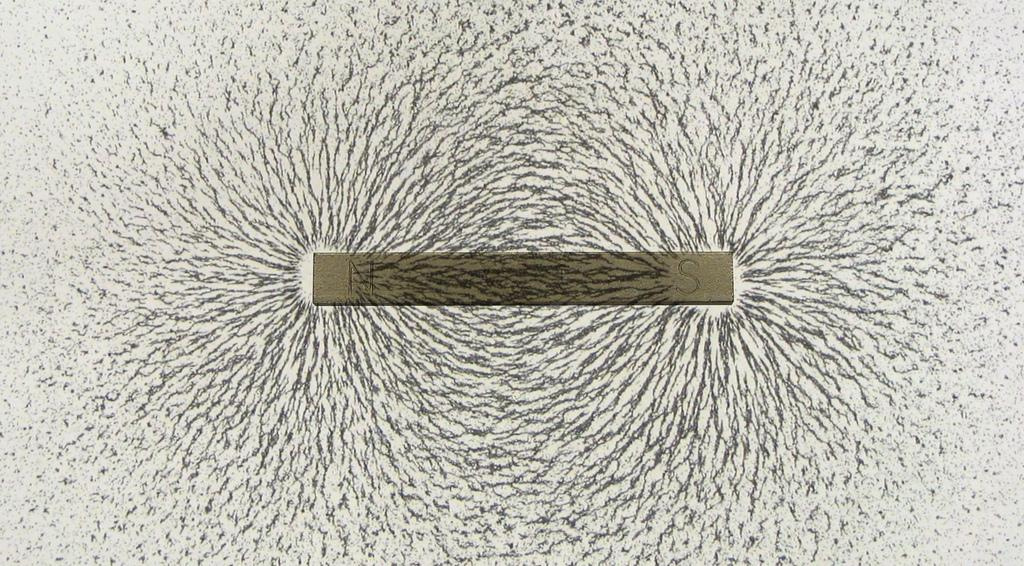 What is an electric charge?
What is an electric charge? 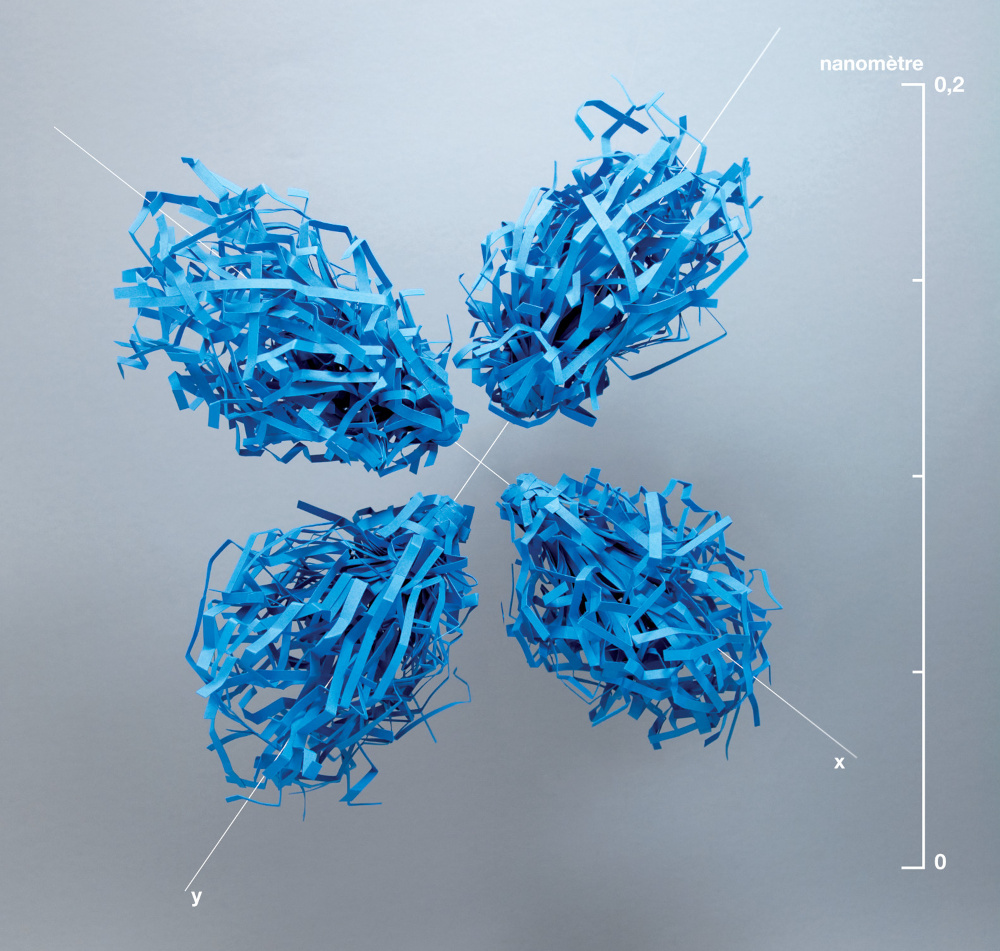 Our matter is not quantum!
Our matter is not quantum!  Why use hydrogen in the fuel cell?
Why use hydrogen in the fuel cell? 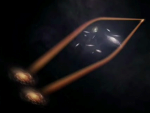 The secrets of gravity
The secrets of gravity  E=mc2 explains the mass of the proton
E=mc2 explains the mass of the proton  Image of gravity since Albert Einstein
Image of gravity since Albert Einstein 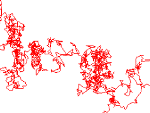 Einstein's miraculous year: 1905
Einstein's miraculous year: 1905 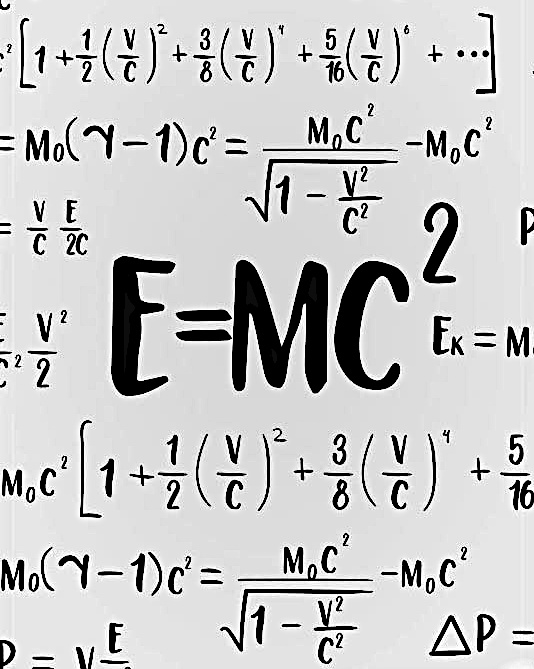 What does the equation
E=mc2 really mean?
What does the equation
E=mc2 really mean?  Special relativity and space and time
Special relativity and space and time